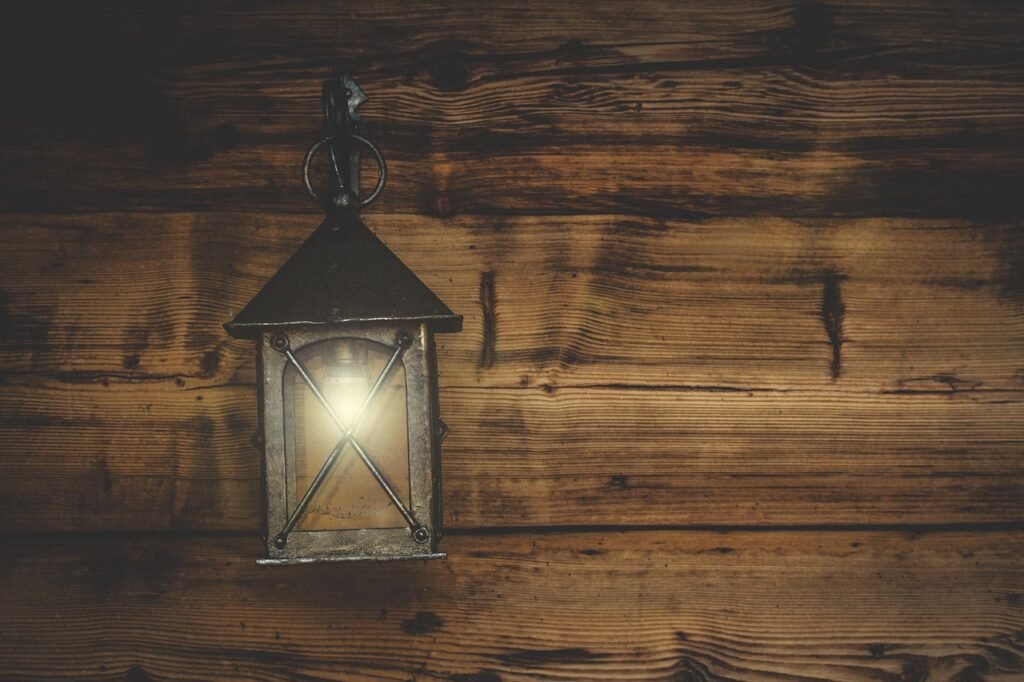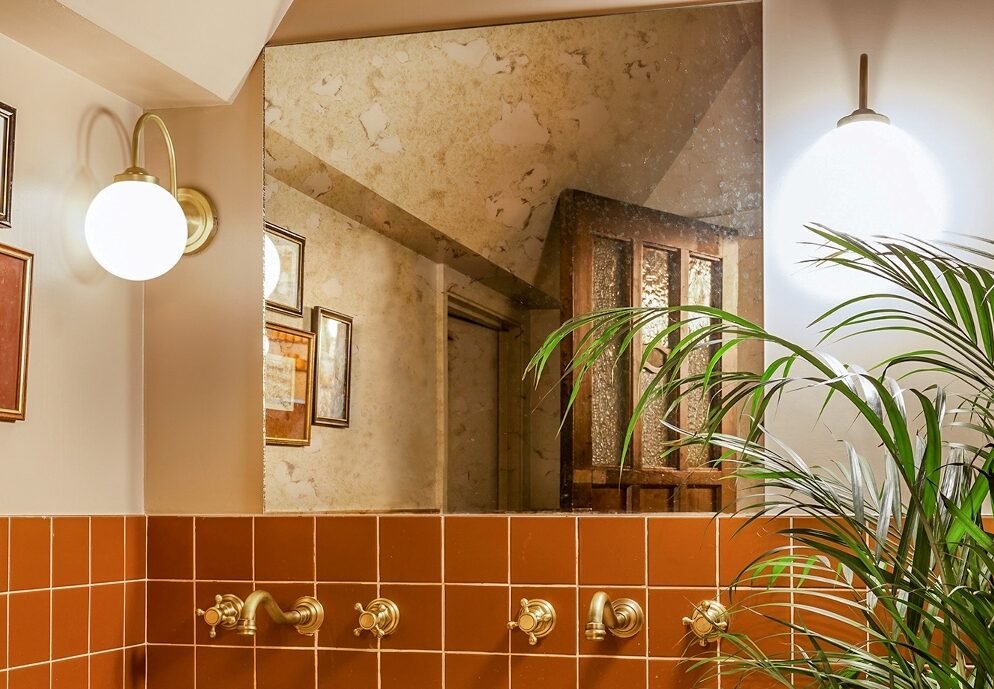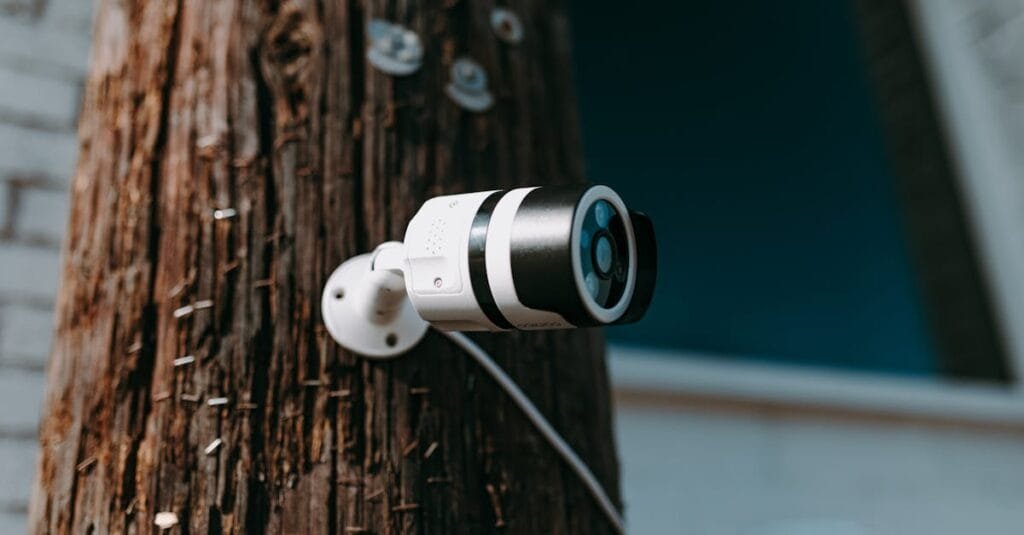The Complete Guide to Outdoor Wall Lights
IP Ratings, Energy Efficiency & Design Ideas for UK Homes
Picture this: it’s a damp November evening in Britain, and you’re fumbling with your keys at the front door in near darkness. Or perhaps you’re concerned about the security of those shadowy corners around your property. Quality outdoor lighting isn’t just about aesthetics—it’s about safety, security, and making the most of your outdoor spaces year-round, regardless of our unpredictable weather.
At Great Lighting, we’ve spent years crafting handmade outdoor lighting fixtures in Ireland and the UK that stand up to whatever the British climate throws at them. In this comprehensive guide, we’ll share everything you need to know about choosing outdoor wall lights that combine durability, energy efficiency, and timeless design.
- The Complete Guide to Outdoor Wall Lights
- PIR Motion Sensors: Smart Security and Savings Combined
- Smart Lighting Controls
- Design Ideas: Lighting Different Outdoor Spaces
- Architectural Highlighting: Showcase Your Home's Character
- Choosing Quality Fixtures: Why Handmade British and Irish Fittings Last Longer
- Installation and Maintenance: Getting the Best from Your Outdoor Lighting
- Making Your Investment Work: Final Recommendations
- Your Next Steps
Understanding IP Ratings: Your First Decision
Before you fall in love with a particular design, you need to understand IP (Ingress Protection) ratings. This standardized system tells you exactly how well a light fixture will protect against dust and water—crucial information for our rain-soaked islands.
What Do Those Numbers Actually Mean?
An IP rating consists of two digits following “IP”:
- First digit (0-6): Protection against solid objects like dust and debris
- Second digit (0-8): Protection against liquids
IP44 vs IP65: Which Do You Need?
IP44 Wall Lights The first ‘4’ means protection against objects over 1mm (like wires and small tools), while the second ‘4’ provides protection against water splashes from any direction.
Best for:
- Sheltered porches and covered entrances
- Under eaves and overhangs
- Protected patio areas
- Locations with minimal direct rain exposure
IP65 Wall Lights The ‘6’ indicates complete dust-tight protection, while the ‘5’ means the fixture can withstand water jets from any direction—not just splashes.
Best for:
- Fully exposed exterior walls
- Gardens and open pathways
- Areas near irrigation systems
- Coastal properties facing harsh weather
- Swimming pool surrounds
- Driveways and unsheltered areas
Making Your Decision
Consider these questions:
- How exposed is the location? If it’s directly exposed to driving rain or could be hit by a pressure washer, choose IP65.
- What’s your local weather like? In Scotland’s Highlands or coastal Cornwall, you’ll want higher protection than in a sheltered London suburb.
- What’s nearby? Irrigation systems, swimming pools, and water features all demand IP65 ratings.
- Budget considerations? IP44 lights are typically more affordable and perfectly adequate for sheltered locations, like walkways around your house. Don’t overspend on protection you don’t need, but don’t cut corners where weather exposure is significant.
Common IP Rating Mistakes
- Installing IP44 lights on exposed walls or around swiming pools (they won’t last)
- Paying extra for IP65 under a deep porch (unnecessary expense)
- Forgetting that wind-driven rain reaches surprising places
- Not considering jet washing when cleaning your property
Energy-Saving Technologies: Cutting Costs Without Compromising Light
With UK energy prices remaining stubbornly high, energy-efficient outdoor lighting isn’t just environmentally responsible—it’s financially sensible. Let’s explore the technologies that deliver real savings.
LED Technology: The Revolution in Outdoor Lighting
LED bulbs have transformed outdoor lighting, and here’s why they’re worth the investment:
Energy Consumption: LED bulbs use up to 80% less energy than traditional incandescent bulbs. A 10W LED provides the same light output as a 60W incandescent.
Lifespan: Quality LED bulbs last 25,000-50,000 hours compared to just 1,000 hours for incandescent bulbs. That’s potentially 20+ years of normal use.
Real Cost Savings: Let’s look at actual numbers for a typical front door wall light used 6 hours daily:
- Traditional 60W bulb: £47 annually in electricity (at current UK rates)
- 10W LED equivalent: £8 annually
- Annual saving: £39 per fixture
For a home with 4-6 outdoor lights, you’re saving £150-£230 per year—and avoiding the hassle of frequent bulb changes.
Choosing LED Bulbs for Outdoor Use: Warm white LEDs (2700K-3000K) create the most welcoming ambiance for homes. They provide sufficient illumination while maintaining that cozy, inviting feel that makes outdoor spaces feel like an extension of your home.
Read more on Choosing Your Perfect Light Bulbs
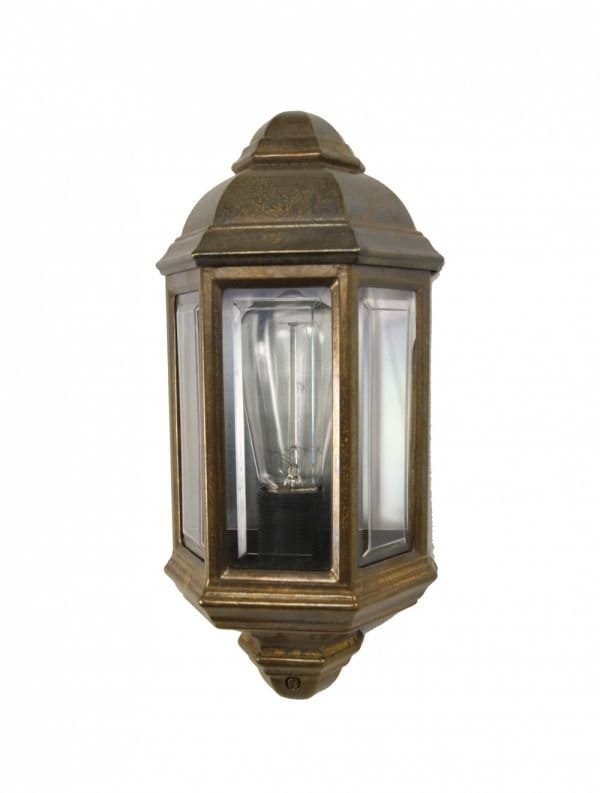
Brent Traditional Exterior Wall Light IP44
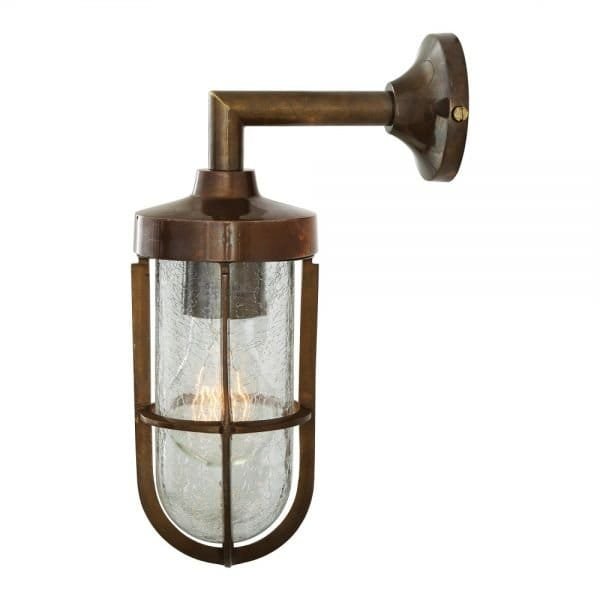
Cladach Brass Well Glass Outdoor Wall Light IP65
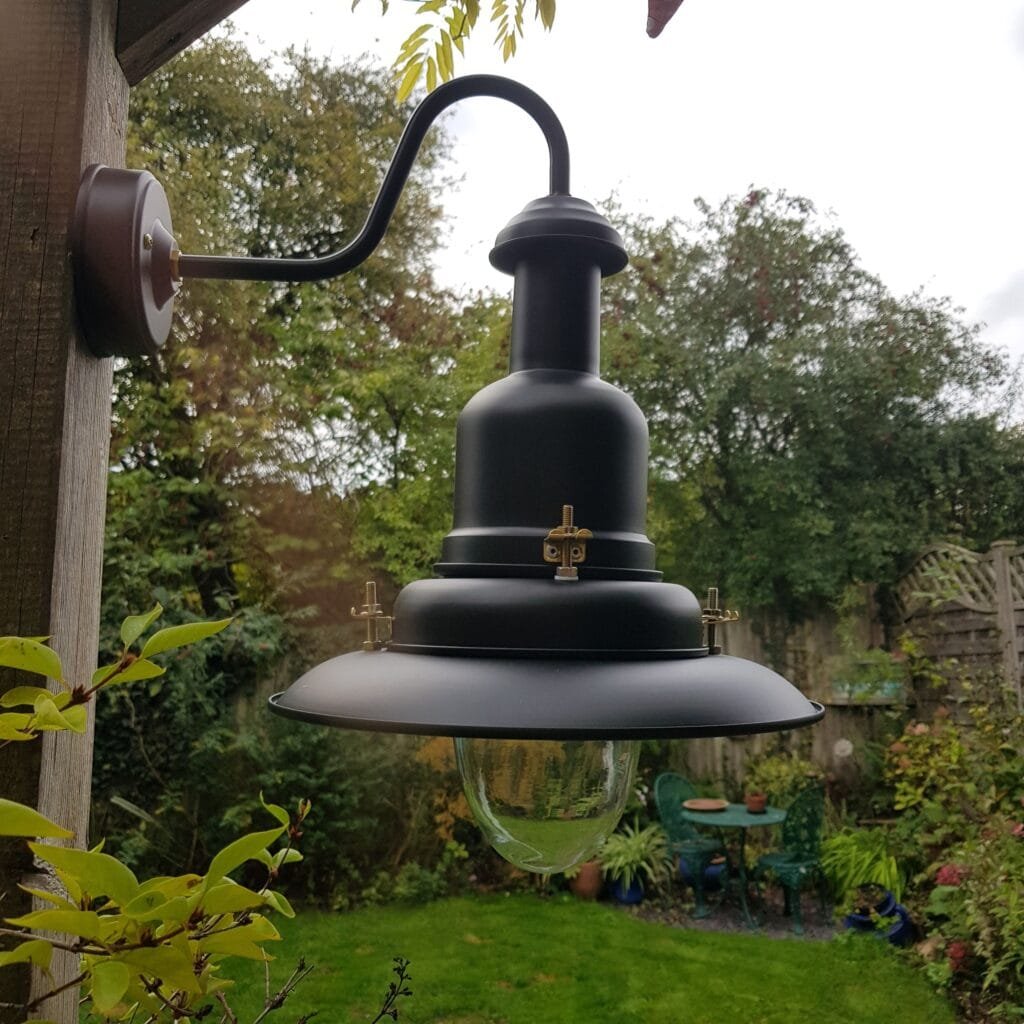
Large Fisherman’s Wall Light IP44 Rated – Choice of Colours
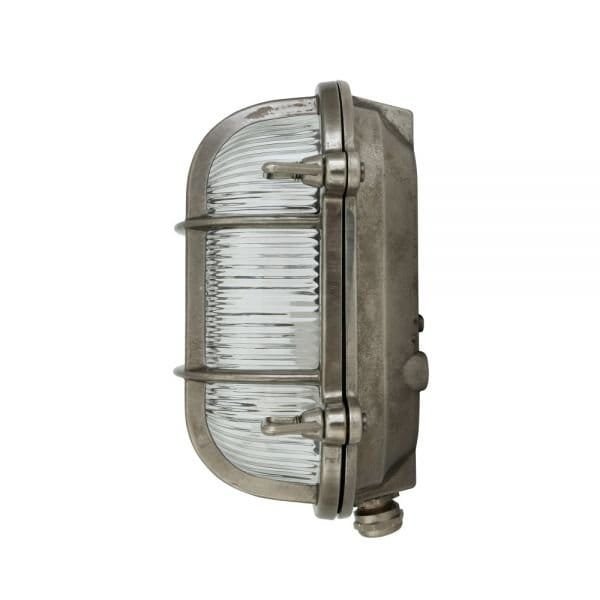
Ruben Small Oval Marine Bulkhead Light IP64
PIR Motion Sensors: Smart Security and Savings Combined
Passive Infrared (PIR) sensors detect movement by measuring changes in heat signatures. When someone approaches, the lights activate automatically—providing both security and energy efficiency.
Security Benefits:
- Immediate illumination deters potential intruders who rely on darkness
- Lights your path automatically as you arrive home
- No fumbling for switches with shopping bags or in bad weather
- Can be networked to illuminate multiple areas simultaneously
Energy Efficiency:
- Lights operate only when needed, not all night long
- Reduces energy consumption by 60-80% compared to dusk-to-dawn lighting
- Adjustable sensitivity and duration settings for different needs
- Some models include daylight sensors to prevent daytime activation
Installation Considerations: Position PIR sensors to cover approach paths and entry points. Avoid aiming them at roads where passing traffic would trigger constant activation. Most quality fixtures allow you to adjust detection range (typically 5-12 meters) and how long lights remain on (usually 10 seconds to 10 minutes).
Read more on PIR motion sensors
Smart Lighting Controls
Modern outdoor lighting can integrate with smart home systems, offering:
- Schedule-based operation for predictable patterns
- Remote control via smartphone apps
- Integration with holiday modes and home automation
- Voice control compatibility
- Gradual dimming for cinematic effects
Design Ideas: Lighting Different Outdoor Spaces
Outdoor lighting serves multiple purposes, and the best schemes combine ambient, task, and accent lighting. Here’s how to approach different areas of your property.
Front Entrance: First Impressions Matter
Your front door sets the tone for your entire home. The right lighting creates a welcoming atmosphere while ensuring safety and security.
Recommended Approach:
- Flanking wall lights either side of the door (IP44 if covered, IP65 if exposed)
- Height: 1.5-1.8 meters for optimal facial illumination
- Style: Choose fixtures that complement your door furniture and architectural style
Traditional Homes: Our handmade brass lanterns with clear or seeded glass create timeless appeal. The warm tones of brass develop a beautiful patina over time, adding character to period properties.
Contemporary Homes: Sleek, minimalist designs in black or brushed steel provide clean lines that enhance modern architecture. Consider integrated LED wall lights for a streamlined look.
Security Consideration: Add a PIR sensor to your entrance lighting so it activates before you reach the door, particularly valuable on those dark winter evenings.
Pathways and Driveways: Safety Through Illumination
Well-lit paths prevent trips and falls while guiding visitors safely to your door.
Pathway Lighting Options:
- Low-level bollard lights: Space them 3-4 meters apart along paths (IP65 rated)
- Wall-mounted downlights: Install along walls flanking pathways for subtle illumination
- Post lights: Traditional lamp posts suit larger driveways and longer approaches
Design Tip: Keep pathway lighting low and glare-free. You want to illuminate the ground, not blind people walking toward your home. Warm white LEDs at 2700K create inviting pathways without harsh brightness.
Garden Walls and Boundary Lighting
Illuminating boundary walls serves both practical and aesthetic purposes—it defines your property while creating atmospheric lighting.
Techniques:
- Mount IP65 wall lights at regular intervals along garden walls
- Use downward-facing fixtures to minimize light pollution
- Consider up-and-down lights for textured stone walls to create dramatic shadows
- Alternate lighting heights for visual interest
Patio and Entertaining Areas: Extending Your Living Space
Outdoor dining and lounging areas benefit from layered lighting that creates ambiance while providing adequate illumination for activities.
Layered Approach:
- Ambient lighting: Wall-mounted fixtures or overhead string lights for overall illumination
- Task lighting: Brighter focused lights near cooking or serving areas
- Accent lighting: Subtle lighting to highlight planters, water features, or architectural details
Dimming Options: Installing dimmable LED lights in entertaining areas lets you adjust the mood from bright and lively for dinner parties to soft and intimate for evening drinks.
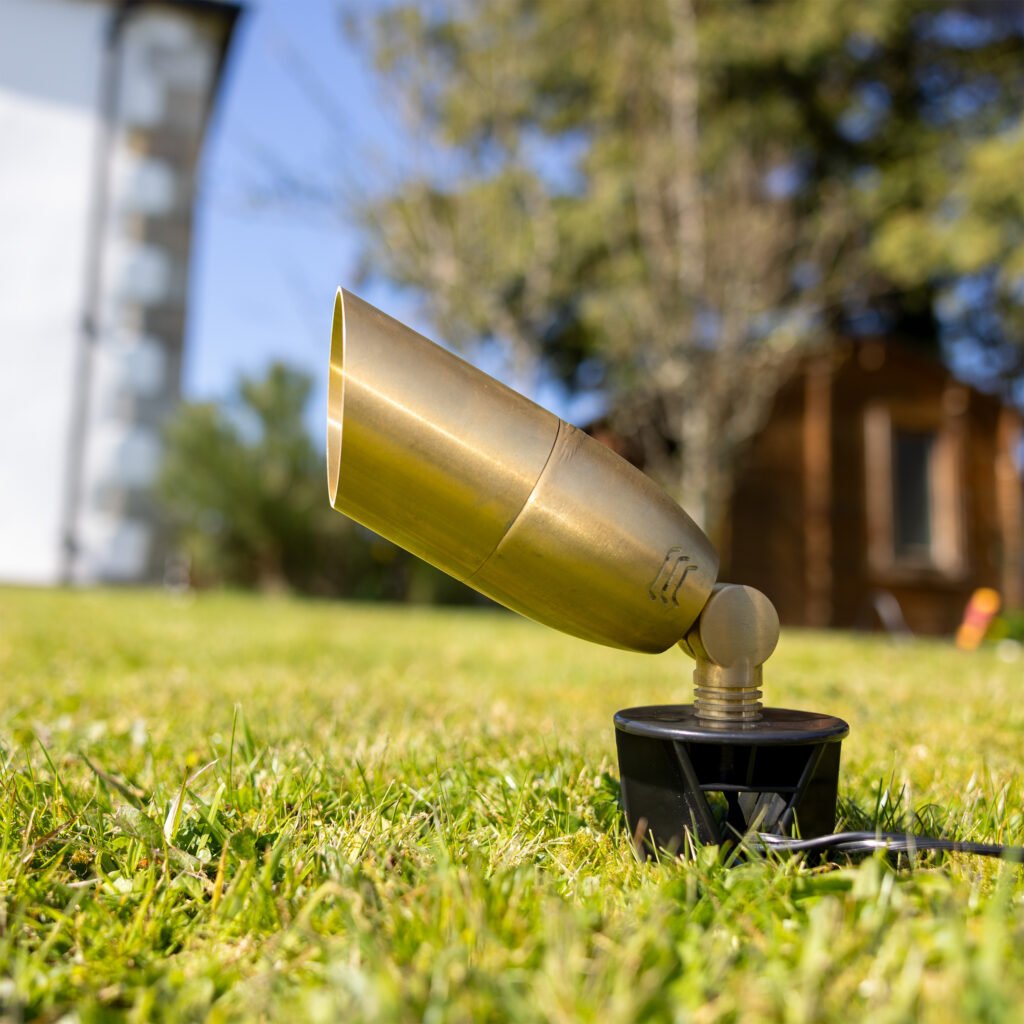
Bokaro Outdoor IP65 Ground Spike Light
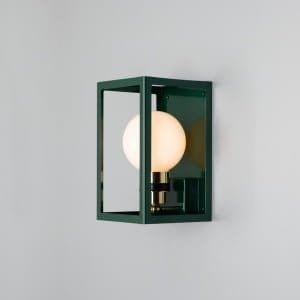
Hamilton Outdoor Box Lantern Wall Light IP65
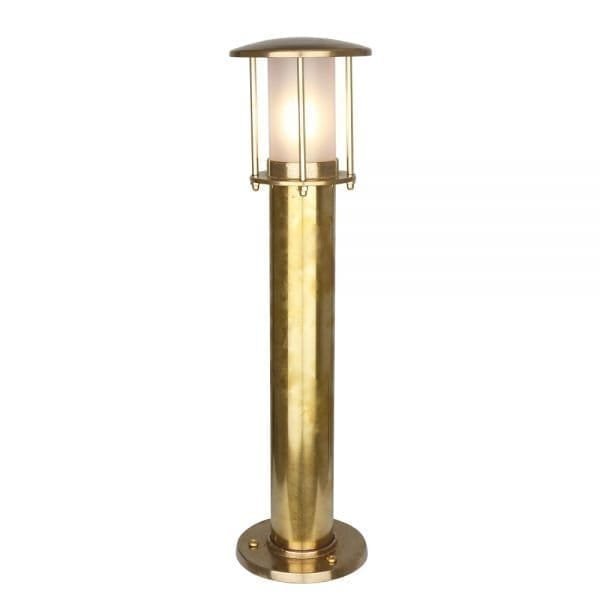
Yarrow Brass Outdoor Bollard Pillar Light IP53
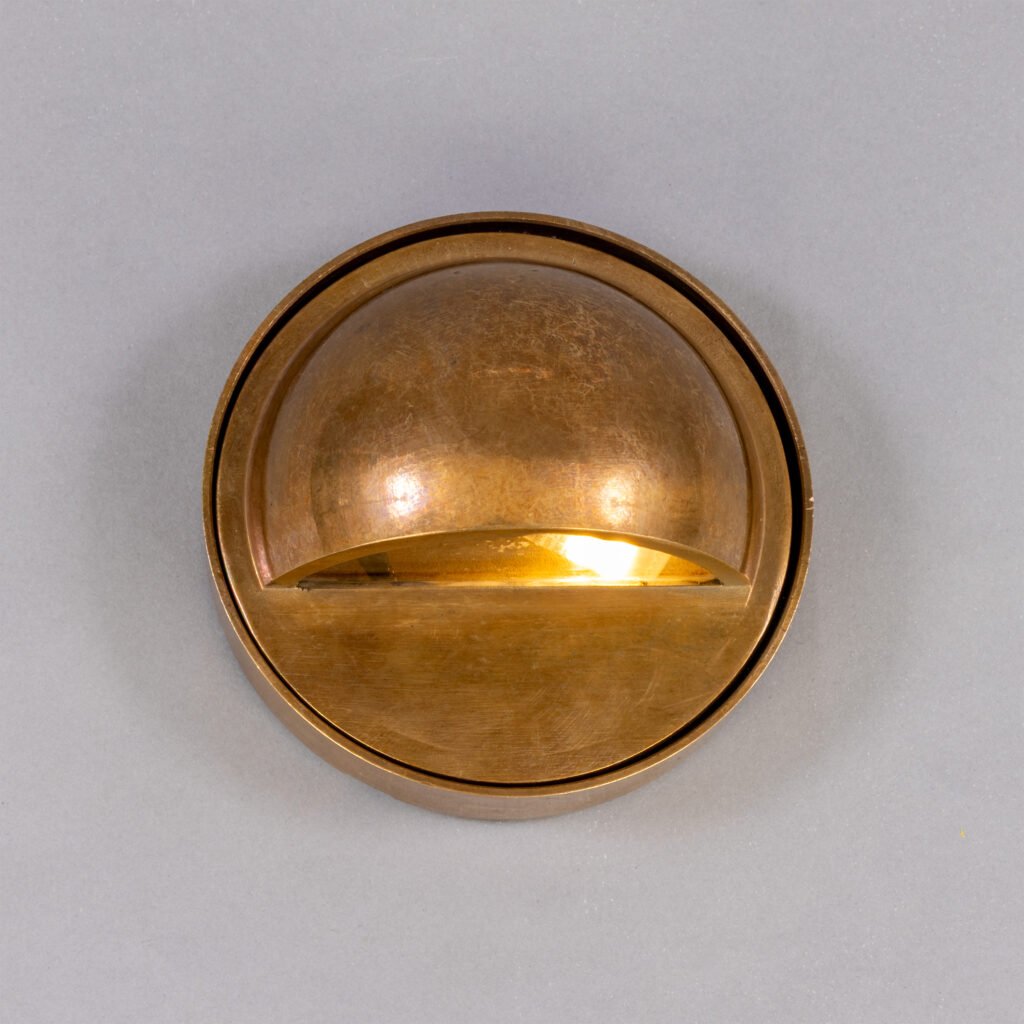
Ancona Wall Mounted Brass Pathway Light
Architectural Highlighting: Showcase Your Home’s Character
Strategic accent lighting draws attention to your property’s best features.
Techniques:
- Grazing: Position lights close to textured walls to emphasize brick, stone, or render
- Uplighting: Place ground-level spotlights to illuminate trees, pillars, or architectural features
- Shadowing: Light objects from behind to cast dramatic shadows on walls
- Silhouetting: Backlight distinctive features against plain walls
Our Recommendation: Use our handcrafted wall lights with adjustable heads to create focal points without overwhelming your scheme. Brass and copper fixtures add their own visual interest while directing light exactly where you want it.
Choosing Quality Fixtures: Why Handmade British and Irish Fittings Last Longer
Not all outdoor lighting is created equal. The difference between mass-produced imports and handcrafted British and Irish fittings becomes apparent within the first year of exposure to our challenging climate.
The Great Lighting Quality Difference
Superior Materials: Our fixtures use solid brass, copper, and marine-grade stainless steel—materials chosen specifically for longevity in British weather. These metals naturally resist corrosion and develop attractive patinas rather than deteriorating.
Traditional Craftsmanship: Handmade in Ireland and the UK, each fixture receives individual attention from skilled craftspeople. Joints are properly sealed, glass is securely mounted, and electrical components are protected to standards that exceed basic IP ratings.
Weather-Tested Design: We design for Irish and British weather—arguably the most demanding in Europe. If a light survives a winter in Donegal or Cornwall, it will perform anywhere.
Replaceable Components: Unlike sealed disposable units, our fixtures are designed for maintenance. Bulbs, gaskets, and glass can be replaced, extending the fixture’s life indefinitely.
Traditional Meets Modern: Our Signature Approach
The best outdoor lighting schemes honor architectural heritage while incorporating modern technology. Our brass fittings exemplify this philosophy:
Classic Aesthetics:
- Victorian-inspired lanterns with beveled glass
- Georgian-style coach lights with elegant proportions
- Arts and Crafts designs celebrating honest materials
- Nautical fixtures inspired by maritime heritage
Modern Performance:
- LED-compatible for energy efficiency
- IP44 and IP65 ratings for weather protection
- PIR sensor compatibility where desired
- Durable powder-coated finishes in modern colors
This combination means you don’t sacrifice style for function or heritage for efficiency. A handmade brass lantern with an LED bulb and PIR sensor delivers the best of every era.
Style Guide: Matching Fixtures to Architecture
Georgian and Victorian Homes: Choose traditional lantern designs in brass or black iron. Glass should be clear or subtly seeded. Symmetrical placement emphasizes the formal proportions of period architecture.
Cottage and Rural Properties: Rustic wall lights in aged brass, copper, or galvanized steel complement rural settings. Consider fixtures with metal shades or barn-style designs.
Contemporary Homes: Minimalist designs in black, graphite, or brushed steel provide clean lines. Integrated LED fixtures offer the most streamlined appearance.
Coastal Properties: Maritime-inspired fixtures in solid brass or copper naturally suit coastal locations. These materials resist salt corrosion better than alternatives.
Listed Buildings: Period-appropriate fixtures are essential. Our handmade reproductions meet conservation requirements while incorporating modern electrical safety standards.
Installation and Maintenance: Getting the Best from Your Outdoor Lighting
Proper installation ensures safety, performance, and longevity. Here’s what you need to know.
Professional Installation vs DIY
When to Hire an Electrician: UK electrical regulations (Building Regulations Part P) govern outdoor electrical installations. You must use a qualified electrician for:
- All new electrical circuits
- Connections to the mains supply
- Installations requiring buried cables
- Any work in special locations (near swimming pools, bathrooms)
DIY Possibilities: You may replace an existing outdoor light fixture on an existing circuit if you’re competent with basic electrical work. However, ensure:
- Power is isolated at the consumer unit
- Cable connections are secure and properly insulated
- The fixture’s IP rating matches the location
- All manufacturer instructions are followed precisely
Our Recommendation: For peace of mind and compliance with regulations, hire a qualified electrician for all outdoor lighting installations. The modest cost is worthwhile for safety and insurance purposes.
Installation Best Practices
Mounting Height:
- Entrance lights: 1.5-1.8m for optimal illumination
- Wall lights alongside paths: 1.2-1.5m for ground-level lighting
- Accent lighting: Varies depending on the desired effect
Cable Protection: All external cables should be:
- Buried at least 450mm deep if under lawns
- Run through conduit for protection and future maintenance
- Kept away from water pipes and other services
- Clearly marked on property plans
Weatherproofing: Even with high IP ratings, pay attention to:
- Sealing mounting holes with appropriate sealant
- Ensuring cables enter fixtures from below to prevent water ingress
- Checking gaskets are properly seated
- Using exterior-rated cable glands and connectors
Maintenance Schedule for Longevity
Monthly (Quick Check):
- Verify all lights are functioning
- Clear cobwebs and debris from fixtures
- Check PIR sensors are correctly aimed
Quarterly (Seasonal Clean):
- Clean glass and metal surfaces with appropriate cleaners
- Brass and copper: Use brass polish to maintain shine or allow natural patina to develop
- Stainless steel and powder-coated finishes: Warm soapy water
- Check for any signs of water ingress or damage
Annually (Thorough Inspection):
- Inspect all electrical connections for corrosion
- Replace any deteriorating gaskets or seals
- Check mounting brackets remain secure
- Test PIR sensors and adjust settings if needed
- Clean solar panels on any solar-powered fixtures
- Consider replacing LED bulbs showing dimness or color shift
When Issues Arise:
- Water inside glass: Check gaskets and seals immediately
- Flickering lights: Check connections and bulb security
- PIR constantly triggering: Adjust sensitivity or reposition sensor
- Corrosion on fittings: Clean and protect with appropriate products
Article on: How to Maintain Your Outside Lights
Extending Fixture Life
Coastal Properties: Salt air accelerates corrosion. Rinse brass and metal fixtures with fresh water quarterly and apply protective wax annually.
Hard Water Areas: Limescale from rain can dull glass. Use vinegar solution to remove deposits and restore clarity.
Heavy Tree Coverage: Falling debris and bird droppings require more frequent cleaning to prevent buildup that can trap moisture.
Making Your Investment Work: Final Recommendations
Quality outdoor lighting transforms your property’s safety, security, and appeal. Here’s how to approach your project for the best results.
Budget Wisely Across Your Property
Prioritize by Importance:
- Essential safety lighting: Front entrance, steps, paths
- Security lighting: Dark corners, access points, boundaries
- Aesthetic enhancement: Accent lighting, entertaining areas
Where to Invest:
- Choose premium handmade fixtures for highly visible locations (front entrance)
- Use quality but simpler designs for multiple pathway lights
- Never compromise on IP ratings—water damage wastes money
Planning Your Lighting Scheme
Create a Property Plan:
- Note all areas requiring illumination
- Identify sheltered vs exposed locations
- Mark existing electrical points
- Sketch your ideal lighting layout
- Calculate total fixture count and budget
Consider Professional Design: For extensive projects or complex properties, a lighting designer can optimize placement, minimize dark spots, and create cohesive schemes that enhance architectural features.
Energy Efficiency Across Your Scheme
Calculate Your Savings:
- Audit current outdoor lighting energy use
- Compare with LED equivalents
- Factor in PIR sensors for security lights
- Consider smart controls for scheduling
Maximize LED Benefits:
- Choose warm white (2700-3000K) for residential settings
- Select high CRI (Color Rendering Index) LEDs for accurate color rendering
- Buy quality LEDs—cheap versions rarely achieve stated lifespans
- Ensure fixtures have adequate heat dissipation for LED longevity
Why Choose Great Lighting
Our handmade fixtures combine centuries of British and Irish metalworking tradition with modern lighting technology. Each piece is:
- Crafted individually by skilled artisans
- Built from premium materials selected for British weather
- Designed for longevity with replaceable components
- Tested thoroughly in demanding conditions
- Styled thoughtfully to enhance any architectural period
When you choose Great Lighting, you’re investing in fixtures that will illuminate your home for decades, developing character and patina while maintaining performance.
Your Next Steps
Ready to transform your outdoor spaces with quality lighting?
- Assess your needs: Walk your property at dusk and note dark areas and opportunities
- Determine IP requirements: Consider exposure levels for each location
- Choose your style: Browse our handmade collections to find designs that complement your architecture
- Plan installation: Consult with a qualified electrician for complex projects
- Select energy-efficient options: Specify LED bulbs and consider PIR sensors where appropriate
Explore our full range of handmade outdoor wall lights, each crafted to withstand British weather while bringing beauty to your home.
Have questions about which fixtures suit your property? Our team understands the unique challenges of Irish and British weather and can guide you toward the perfect lighting solution for your home.
Great Lighting UK Ltd specializes in handmade, quality lighting fixtures crafted in Ireland and the UK. Our outdoor lighting combines traditional craftsmanship with modern energy efficiency, designed specifically to excel in British weather conditions.
